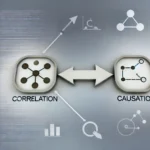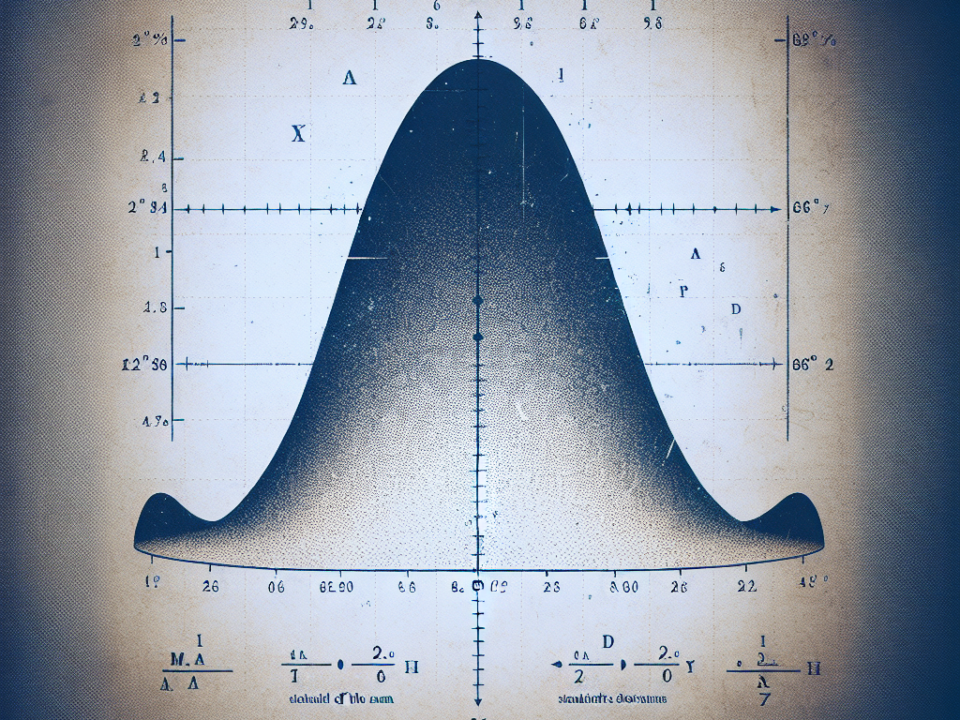[ad_1]
Descriptive statistics play a crucial role in analyzing and interpreting data in various fields, including medical research. As a beginner, understanding the basics of descriptive statistics is essential for conducting robust statistical analysis. In this comprehensive guide, we will delve into the fundamental concepts of descriptive statistics to help you grasp the principles behind statistical analysis.
Introduction to Descriptive Statistics
Descriptive statistics refer to the methods used to summarize and describe the characteristics of a dataset. These statistics provide valuable insights into the central tendency, variability, and distribution of the data 1. At StatisMed, we specialize in providing statistical analysis services for medical professionals, helping them make informed decisions based on data-driven insights.
Key Concepts in Descriptive Statistics
Measures of Central Tendency: Central tendency measures, such as the mean, median, and mode, help to identify the center of a dataset. The mean is calculated by summing all values and dividing by the total number of observations, while the median represents the middle value when data is sorted in ascending order.
Measures of Variability: Variability measures, including range, variance, and standard deviation, indicate the spread of data points around the central value. The range is the difference between the maximum and minimum values, while variance and standard deviation quantify the dispersion of data points around the mean.
Graphical Representations: Graphical representations, such as histograms, box plots, and scatter plots, visually depict the distribution and relationships within a dataset. These visualizations help in understanding patterns, outliers, and trends in the data.
- Interpreting Descriptive Statistics: Descriptive statistics provide valuable insights into the characteristics of a dataset, enabling researchers to summarize and interpret data efficiently. By analyzing central tendency, variability, and distribution, researchers can draw meaningful conclusions from their data.
Importance of Descriptive Statistics in Medical Research
In the field of medical research, descriptive statistics are essential for summarizing patient data, clinical trial outcomes, and epidemiological studies. By employing descriptive statistics, medical professionals can gain a comprehensive understanding of patient populations, treatment effects, and disease prevalence.
At StatisMed, we leverage descriptive statistics to analyze healthcare data, identify trends, and provide evidence-based recommendations for medical practitioners. Our statistical analysis services cater to a wide range of medical specialties, including cardiology, oncology, and epidemiology.
Conclusion
In conclusion, mastering the basics of descriptive statistics is crucial for any researcher or medical professional seeking to analyze data effectively. By understanding measures of central tendency, variability, and distribution, individuals can gain valuable insights into their datasets and make informed decisions based on empirical evidence.
If you are looking for expert statistical analysis services for medical research, StatisMed is here to help. Visit our services page to learn more about our offerings or contact us for a consultation. Let us empower you with the statistical tools needed to drive impactful healthcare decisions.
Remember, descriptive statistics are not just numbers – they tell a story hidden within the data.
[ad_2]







